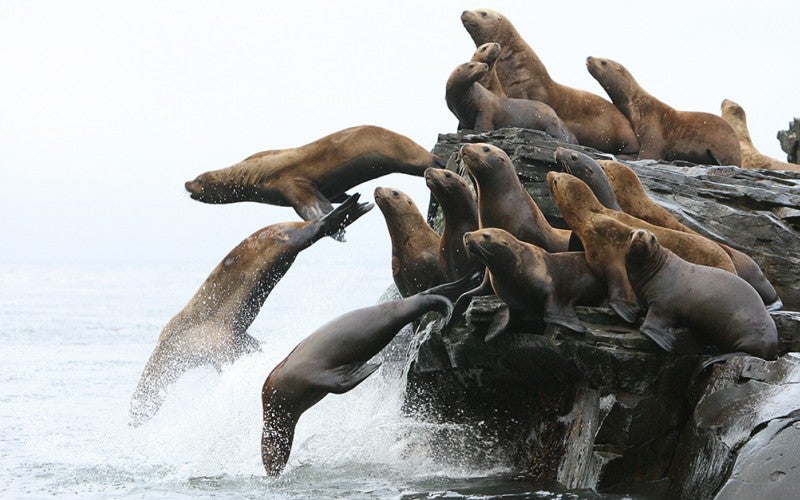What’s Killing All the Wildlife?
Fighting the biodiversity crisis isn’t just about saving the bees or the whales.

This page was published 4 years ago. Find the latest on Earthjustice’s work.
We are all connected through the web of life, reliant on plants and animals for our own survival. All creatures have a right to exist and flourish on this planet, and nature is a source for many of comfort, inspiration, and spiritual and emotional salvation.
However, nature as we know it is in peril.
Scientists estimate that since the 1970s, we have lost between 50% to 68% of all plant and animal life on this planet. At our current trajectory, they predict that one million species could go extinct by the end of this century.
But fighting the biodiversity crisis isn’t just about saving the bees or the whales. It is about the very survival of our own species.
There’s still time to prevent the worst. But we first must understand the causes of this crisis and paths toward solutions.
What’s causing the biodiversity crisis?
The Intergovernmental Science Policy platform on Biodiversity and Ecosystem Services (IPBES) identified five major factors:
Habitat destruction: Clear-cutting forests, constricting rivers with dams, drilling, mining, and developing wild places into condos and golf courses are among the problems. These types of activities are particularly harmful to fragile habitat that may never rebound after destruction, places like old-growth forests, delicate marine coral beds, and wetlands that provide refuge for fish, amphibians, and migratory birds.
Overutilization: Industries are exploiting many natural resources faster than the earth can replenish them. Certain industrial fishing activities, for example, suck too many fish out of the ocean and kill many other marine animals as bycatch.
Pollution: Two of the worst pollution sources contributing to nature’s decline are pesticide use for industrial agriculture and plastic proliferation in the oceans.
Invasive species: Alien animal and plant species pose devastating consequences to native flora and fauna, disrupting the natural regulation of the food chain, and leading in some cases to local extinctions of native species.
Climate change: The warming of our world exacerbates the effects of every other factor, however it has direct impacts on certain species as well. Wolverines, for example, which are dependent on snowpack to build their dens in high alpine regions, are dying off due to shorter winters in the alpine regions of the northern Rocky Mountains.
How is Earthjustice fighting the biodiversity crisis?
To learn more and take action, read our Q&A with Drew Caputo, vice president of litigation for lands, oceans, and wildlife at Earthjustice.